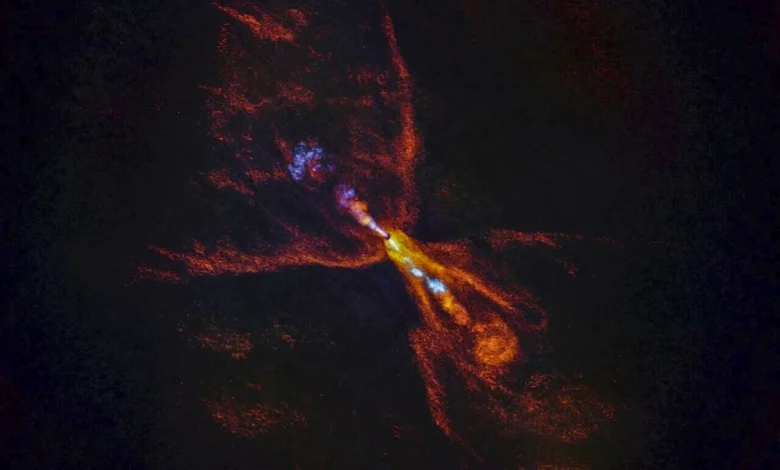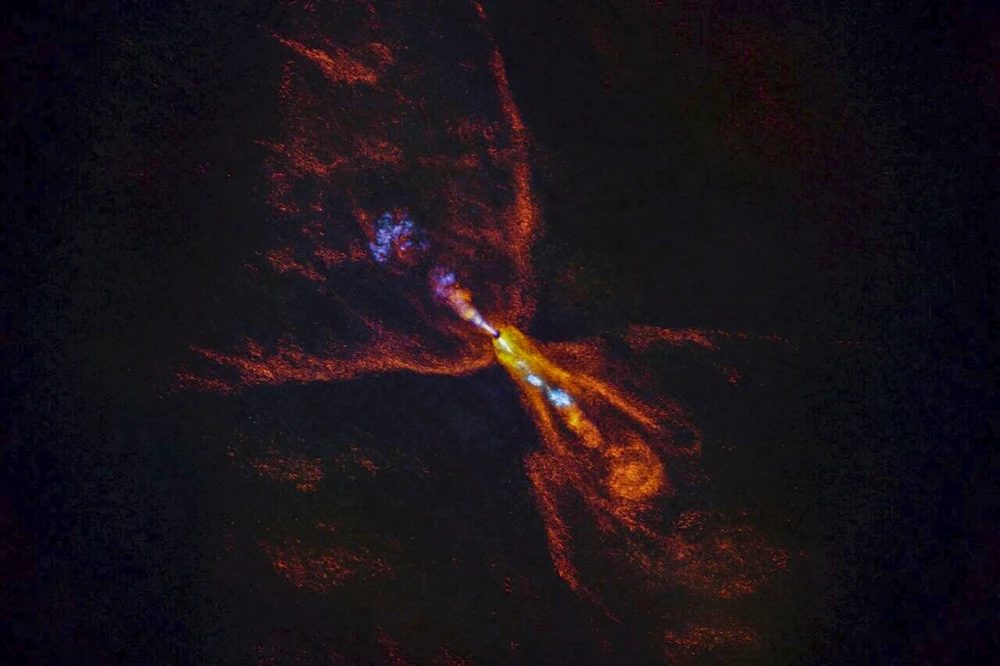For The First Time, Astronomers Have Captured The Birth of a New Solar System

Astronomers have captured a rare glimpse of the earliest stages of rocky planet formation within the gas disk surrounding a young, sun-like star, offering a window into the origins of our own solar system. This groundbreaking observation, described as a snapshot of “time zero” for planet formation, was detailed in a study published Wednesday in the journal Nature.
“We’ve obtained a direct view of the hot zone where rocky planets like Earth begin to form around young protostars,” said Melissa McClure of Leiden Observatory in the Netherlands, who led the international research team. “This is the first definitive evidence that the initial steps of planet formation are actively occurring.”
The findings provide a unique look into the mechanics of an emerging planetary system, according to Fred Ciesla of the University of Chicago, who was not part of the research. “This is a long-awaited milestone. Astronomers have theorized about planetary system formation for decades, and this discovery opens up exciting possibilities,” Ciesla noted.
Using NASA’s James Webb Space Telescope and the European Southern Observatory in Chile, researchers observed the young star HOPS-315, a yellow dwarf in its infancy, aged between 100,000 and 200,000 years and located 1,370 light-years away. A light-year spans roughly 6 trillion miles.

In a historic first, McClure’s team peered into the gas disk encircling HOPS-315 and identified solid particles condensing key indicators of early planet formation. A gap in the disk’s outer region, combined with the star’s favorable tilt toward Earth, allowed scientists to study its inner workings. They detected silicon monoxide gas and crystalline silicate minerals, believed to be the foundational materials for rocky planets, similar to those that formed our solar system over 4.5 billion years ago. The activity was observed in a region akin to our solar system’s asteroid belt, a zone between Mars and Jupiter rich with planetary building blocks.




